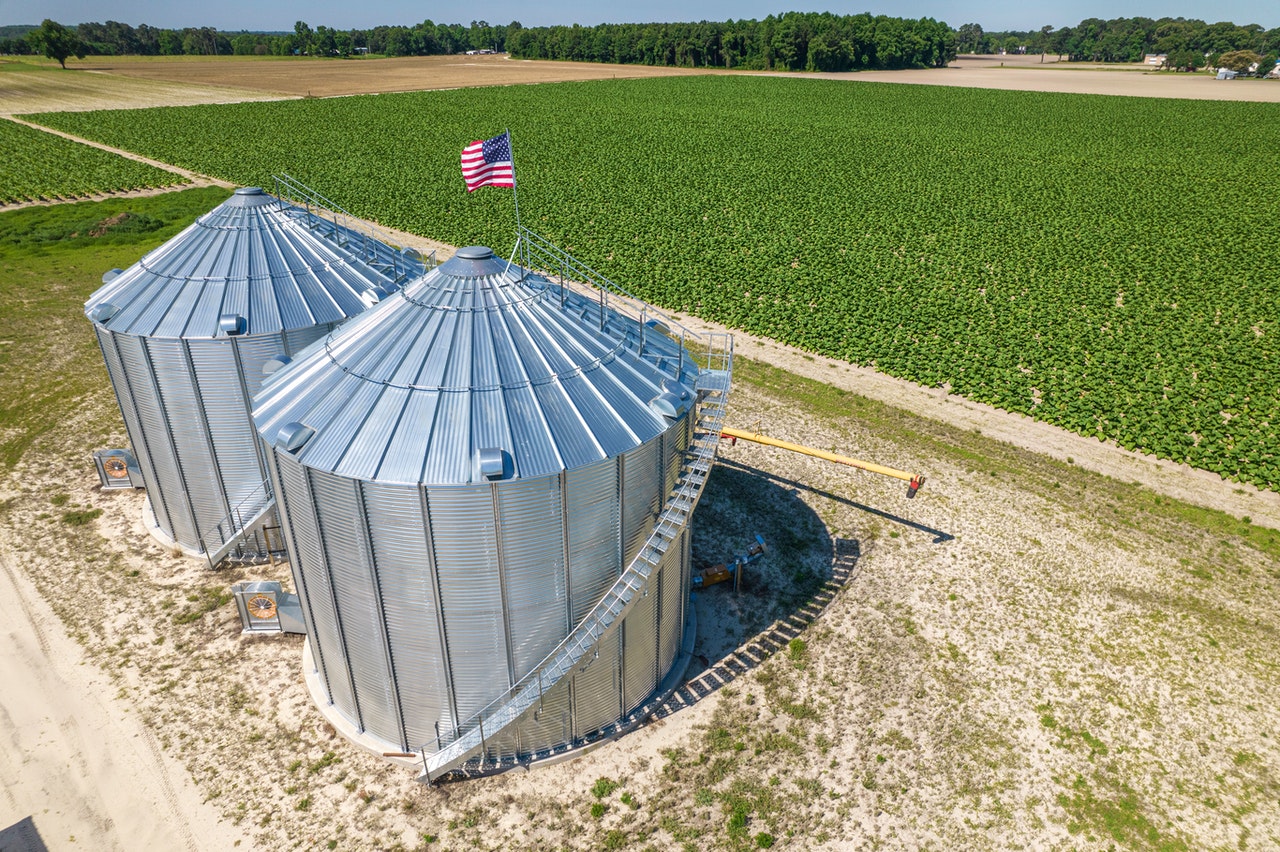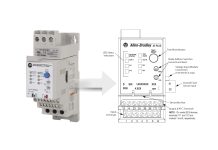
Despite federal regulations and improved safety equipment, farming remains a difficult and sometimes risky occupation — with work in and around stored grain proving especially time-consuming and dangerous.
New robotics are helping to streamline grain storage and reduce the risks farmers face in their day-to-day work. These robots could help farmers manage the growing demand for grain while reducing the safety risks that grain storage can pose to farmers.

The “Grain Weevil” and Robotic Bin Condition Management
Farmers frequently enter grain bins to manage bin conditions by removing clumped or rotted grain — as much as 55 times a year, depending on the number of grain bins they need to manage and the frequency with which problems arise.
Despite innovations in farm technology, the most efficient way to manage bin grain remains a farmer with a shovel, entering the bin themselves.
Bin conditions can be extraordinarily dangerous, however. There have been more than 330 reported cases of grain entrapment since 2010. In 2019 alone, there were 38 entrapments, 23 of which were fatal. Exposure to grain dust and molds in an enclosed environment can also have long-term health effects.
To solve these problems, ag-tech startup JLI robotics developed a new robot that can go into the bins in place of farmers.
The robot is called the “Grain Weevil.” Using an auger for propulsion, it “swims” across the surface of the stored bin grain. In the silo, the robot performs a few essential functions — breaking up grain crusts, leveling the grain, monitoring silo conditions, extracting grain, and freeing up bin augers.
As needed, the robot can also dive into the grain to perform targeted analysis of storage conditions — like temperature and humidity. The robot’s analysis may be more accurate than conventional monitoring methods, while also reducing the risks that grain farmers face.
The robots can be used in combination with existing grain storage telematics. Together, these devices provide farmers with information about grain storage conditions without the farmer needing to enter a bin.
If buried accidentally, the robot is capable of digging itself out of up to 5 feet of grain. The robot is also waterproof and dustproof, helping it withstand bin conditions, and can be transported around a farm or grain storage facility by backpack.
The current version of the robot is driven by a handheld remote control. Future models of the robot will be autonomous, according to the manufacturer, and could perform essential tasks on their own.
The company is also designing individual Grain Weevils to be linked together in a swarm, allowing a farmer to easily coordinate multiple Weevils in the same bin. The use of swarms instead of larger machines would help improve farm efficiency without risking grain compaction or the robots getting stuck.
Ben Johnson, chief innovation officer at JLI Robotics, is optimistic about the future of the robot and grain storage robotics in general. Johnson told Successful Farming that “in the next five to seven years, we believe nearly every farmer will adopt some sort of grain bin robot.”
In addition to keeping workers safe, the robot could also help to reduce loss due to poor environmental conditions in storage, or issues like mold. Globally, around one-third of food is lost or wasted post-harvest, often due to storage issues.
With a robot that can keep a closer eye on storage conditions, grain-related loss could be mitigated by farmers.

Automated Grain Bagging Systems
Growing demand for grain, coupled with a rising agricultural labor gap, have made automated systems much more popular with farmers and grain processors.
In response to this demand, manufacturers are offering a wider range of automated packaging solutions for the grain industry. Some of these solutions can fully automate grain storage processes that have traditionally required human labor.
In addition to freeing up labor, these systems can have a major impact on the productivity of grain facilities. The efficiency of the grain storage process depends heavily on the bags and how they’re stored, as well as how the grain is transferred to those bags in the first place.
Automated grain bagging machines have become more popular over the past few years as a way to apply the benefits of modern robotics — speed, efficiency, and accuracy — to repetitive manual tasks like bagging grain.
These bagging systems are typically composed of several different parts, often including a bagging scale, a single open-mouth bagger, a bag palletizer, and a stretch wrapper to wrap assembled pallets. More sophisticated solutions may double up on bagging scales, baggers, and other equipment to increase machine throughput.
In some cases, machines like these can help nearly fully automate the grain packaging process. This can save grain processors significant time — allowing them to shift employees to more important and less repetitive tasks.
Other Applications of Robots in Grain Storage
New robotics are also helping to improve grain transfer. With the right robot, it’s possible for farmers and processors to partially or fully automate the storage or removal of grain in flat warehouses.
Italian agricultural cereal handling and flat warehouse automation solutions provider Metalmont, for example, has developed an automated system for the leveling of grain in flat storage warehouses.
Systems like these help farmers maximize their use of storage space and fill the entire available geometric volume of flat warehouses. The same systems can also be used to streamline the emptying of flat warehouses.
As with automated grain bagging systems, these robotic leveling systems significantly improve the accuracy and efficiency of grain storage by reducing the time it takes to store grain in a flat warehouse and the risk of error that can lead to inefficient storage.
Using Robots to Streamline Bulk Grain Storage
Bulk grain storage, despite major advancements, can still be a dangerous and challenging task. New innovations may change this by helping to streamline grain storage and reduce safety risks. Grain-swimming robots like the Grain Weevil can help automate grain bin management, reducing the chance of grain entrapment.
Other systems, like automated levelers and grain bagging machines, further cut down on the need for manual labor. These tools can help farmers and grain processors adapt to increasing levels of demand and a growing industry labor gap.
Written by Emily Newton
Tech and Industrial Journalist
Have a question? Join our community of pros to take part in the discussion! You'll also find all of our automation courses at TheAutomationSchool.com.
Sponsor and Advertise: Get your product or service in front of our 75K followers while also supporting independent automation journalism by sponsoring or advertising with us! Learn more in our Media Guide here, or contact us using this form.
- Using Robotics In Bulk Grain Storage - December 7, 2021
- How End Of Line Automation Can Save Your Business Money - November 11, 2021

Discover more from The Automation Blog
Subscribe to get the latest posts sent to your email.




